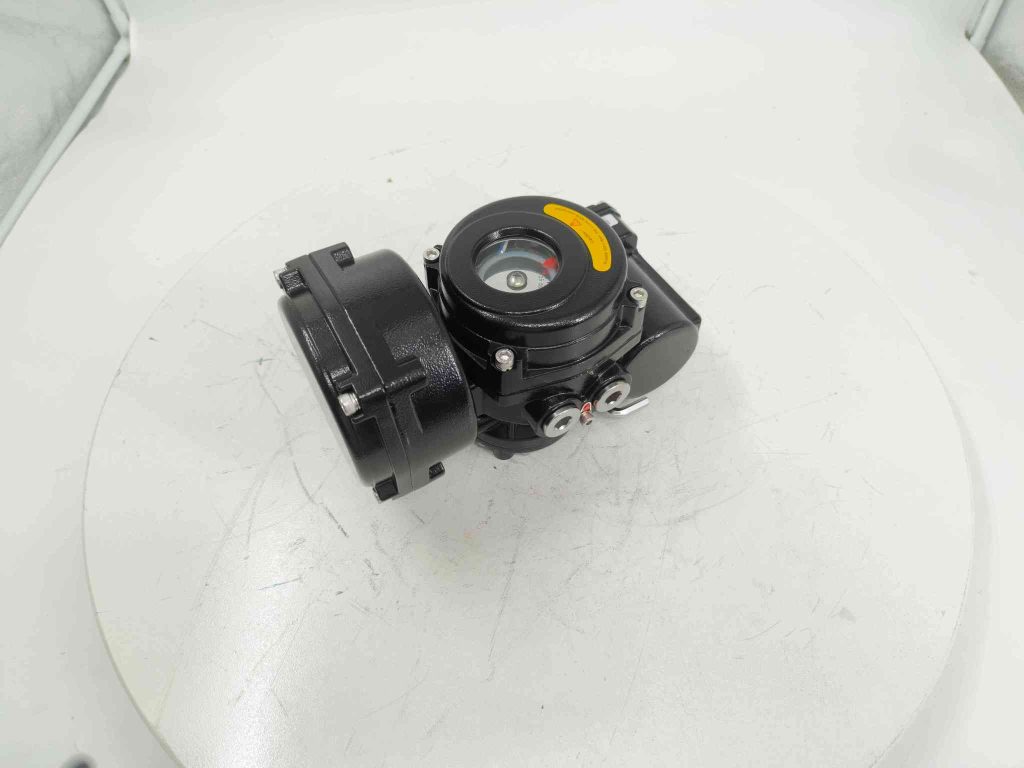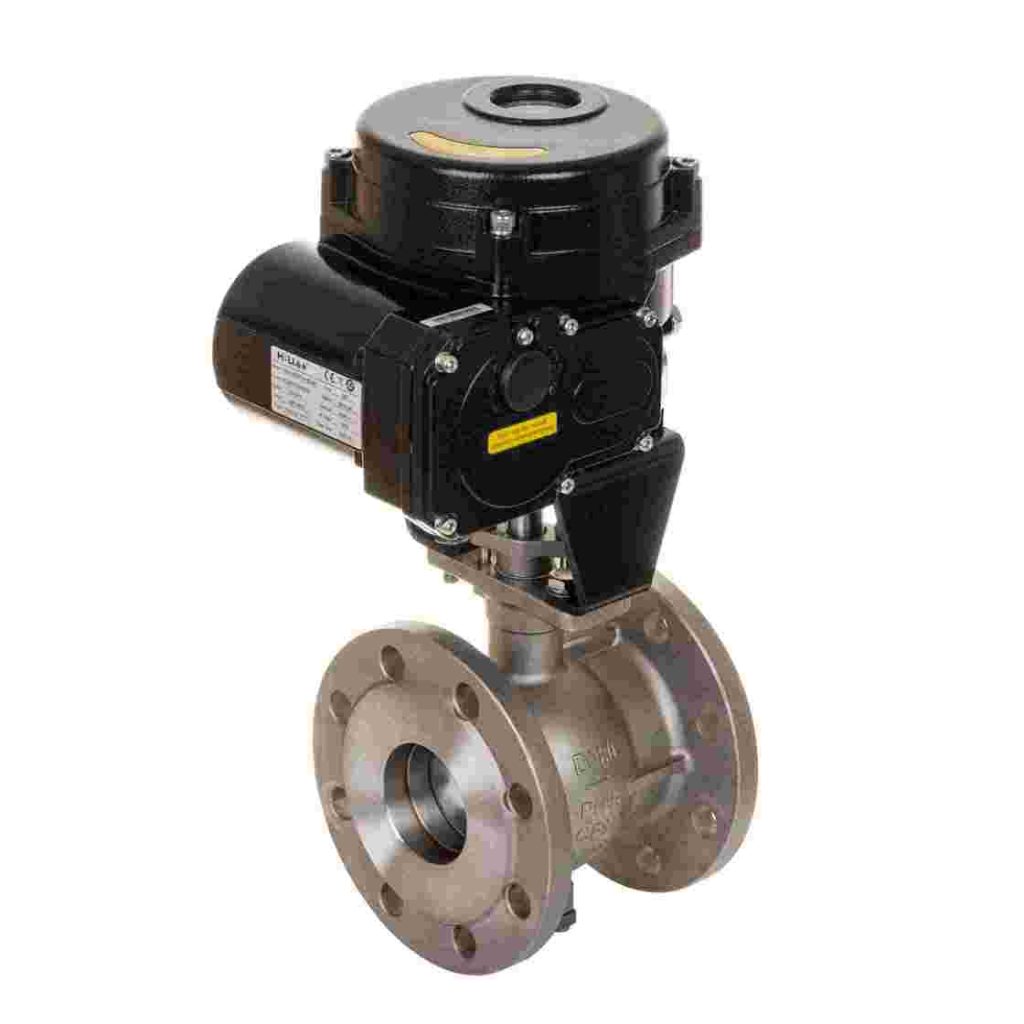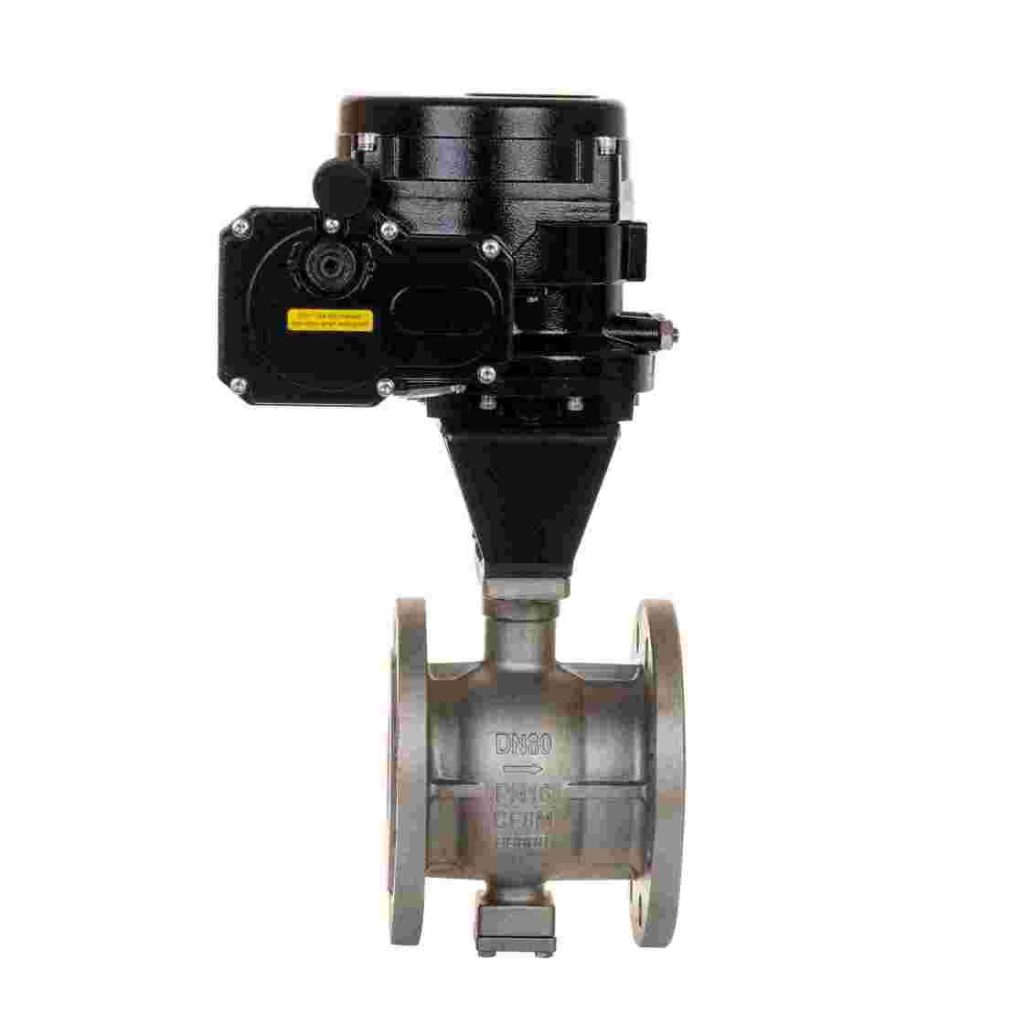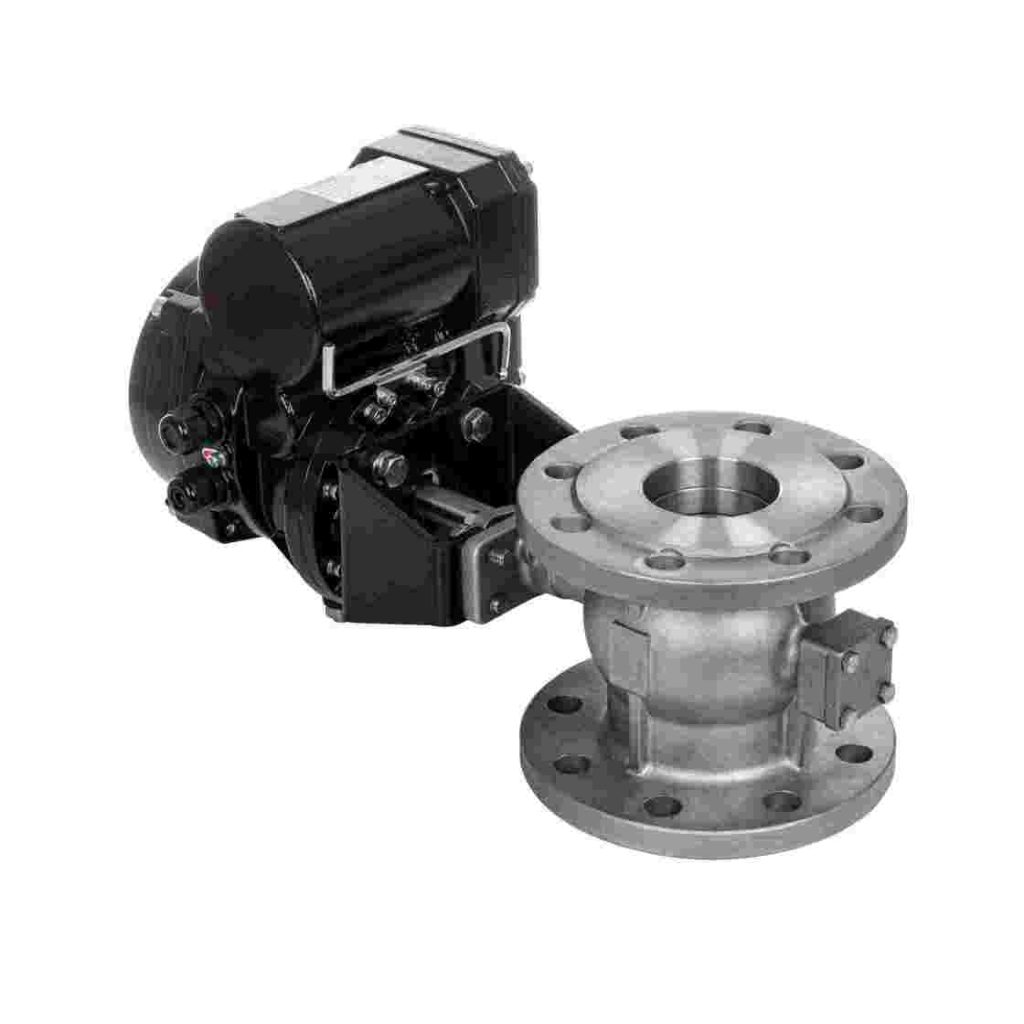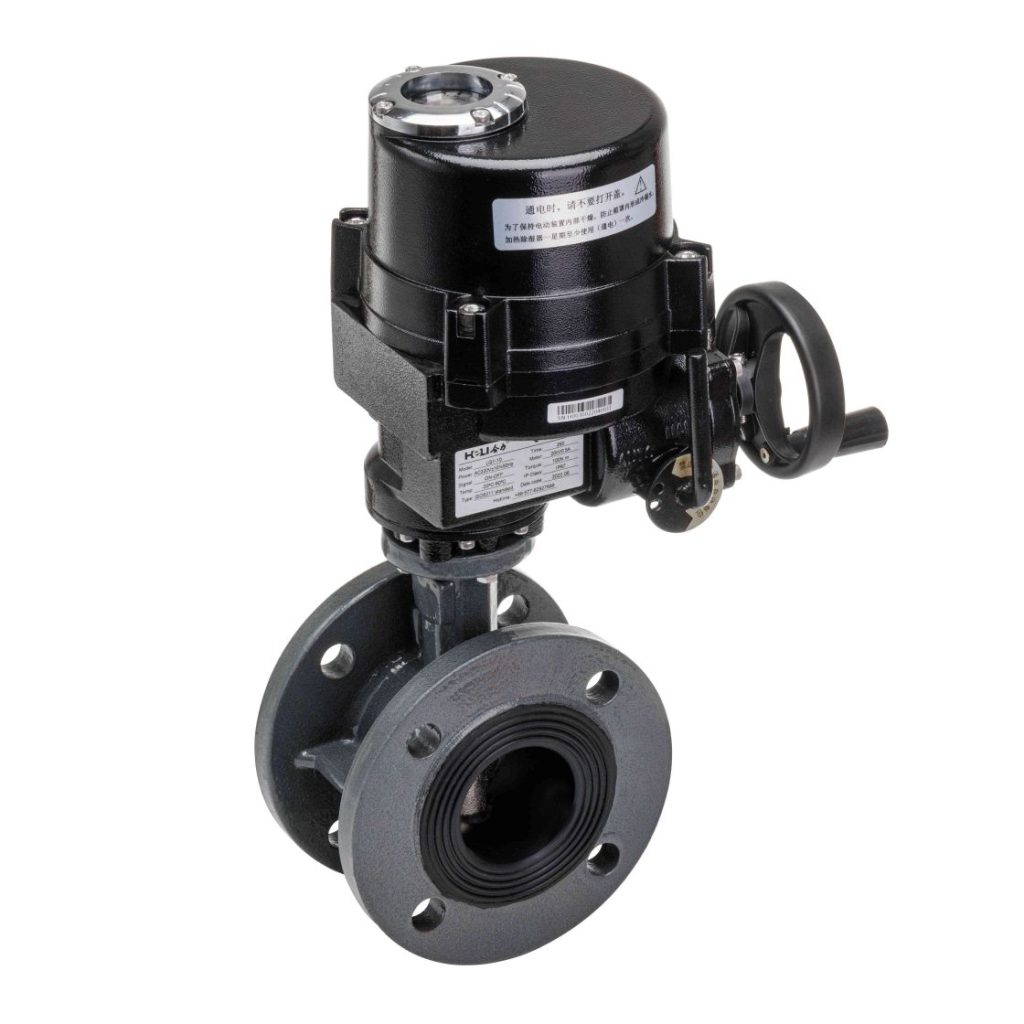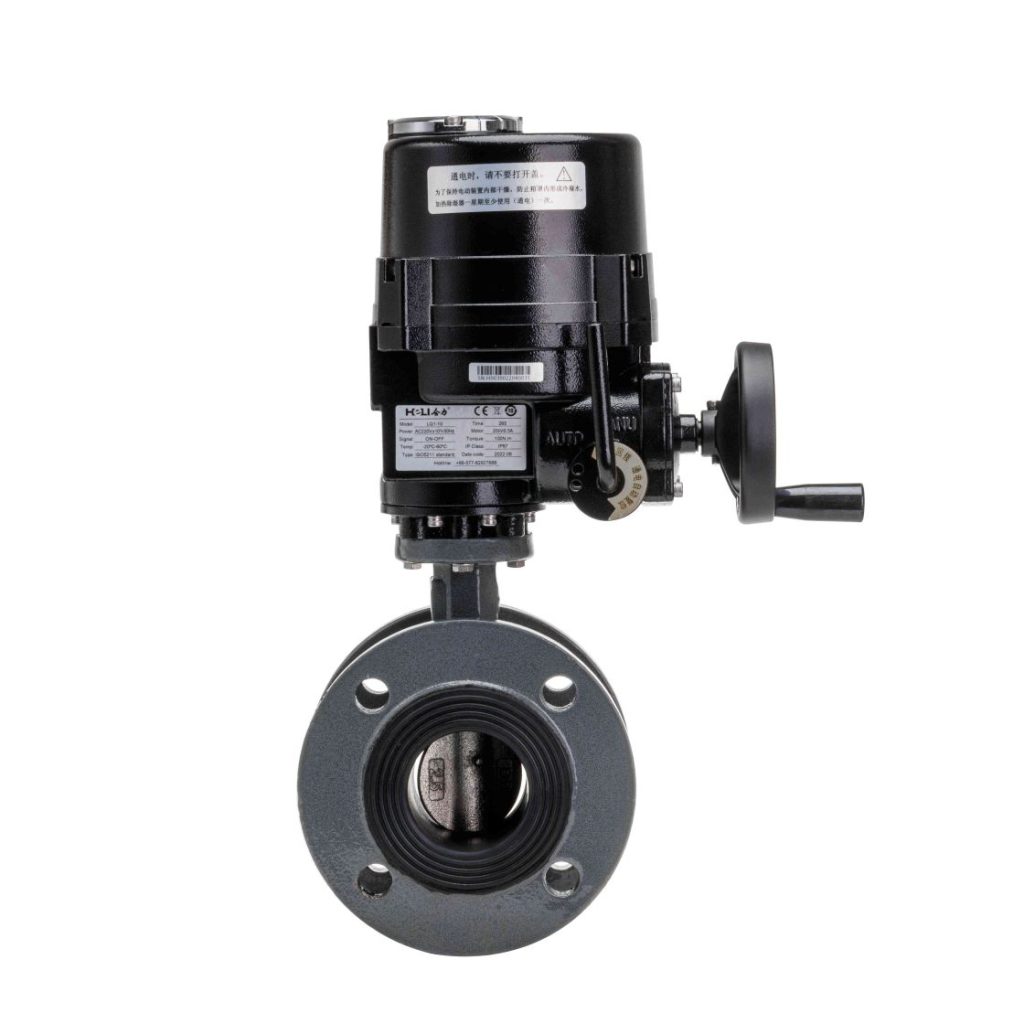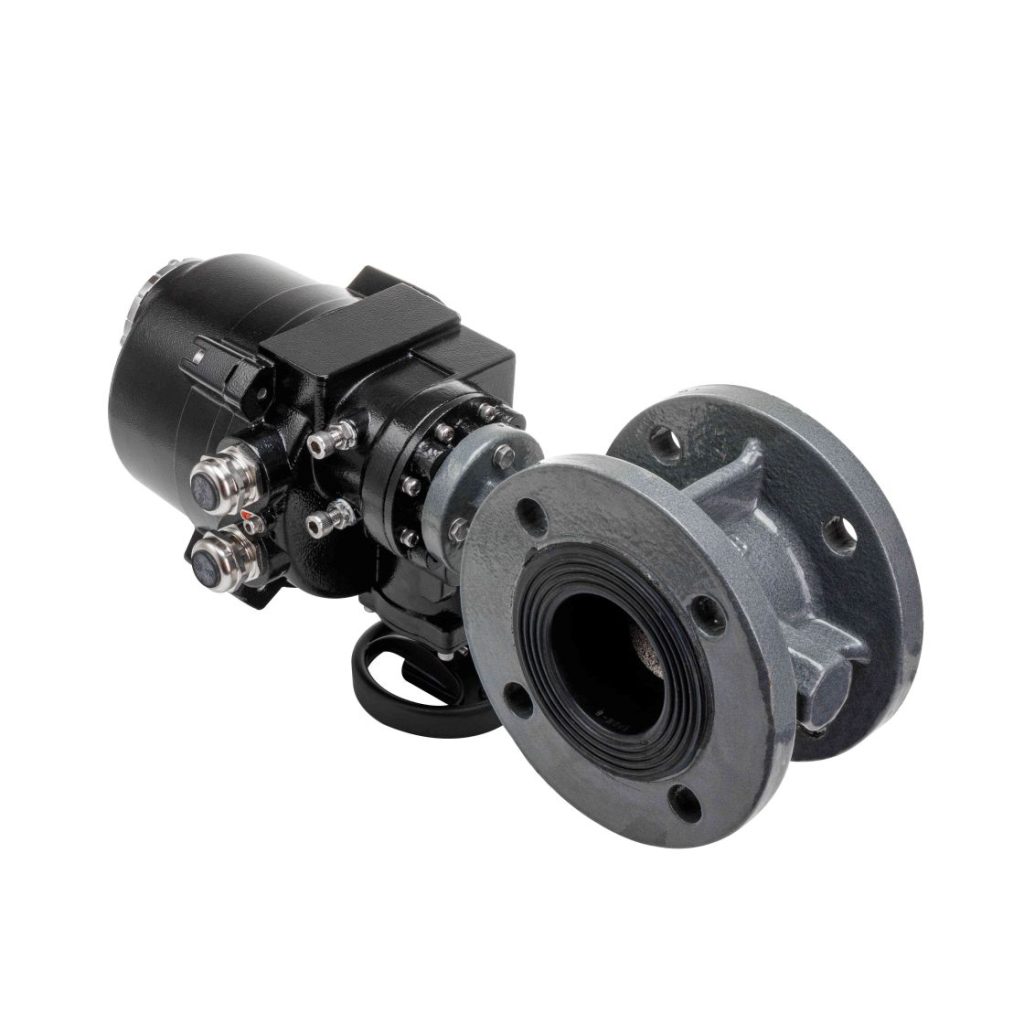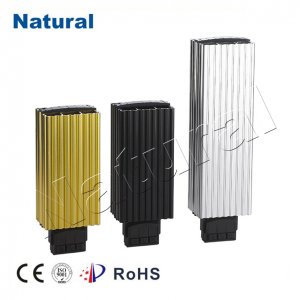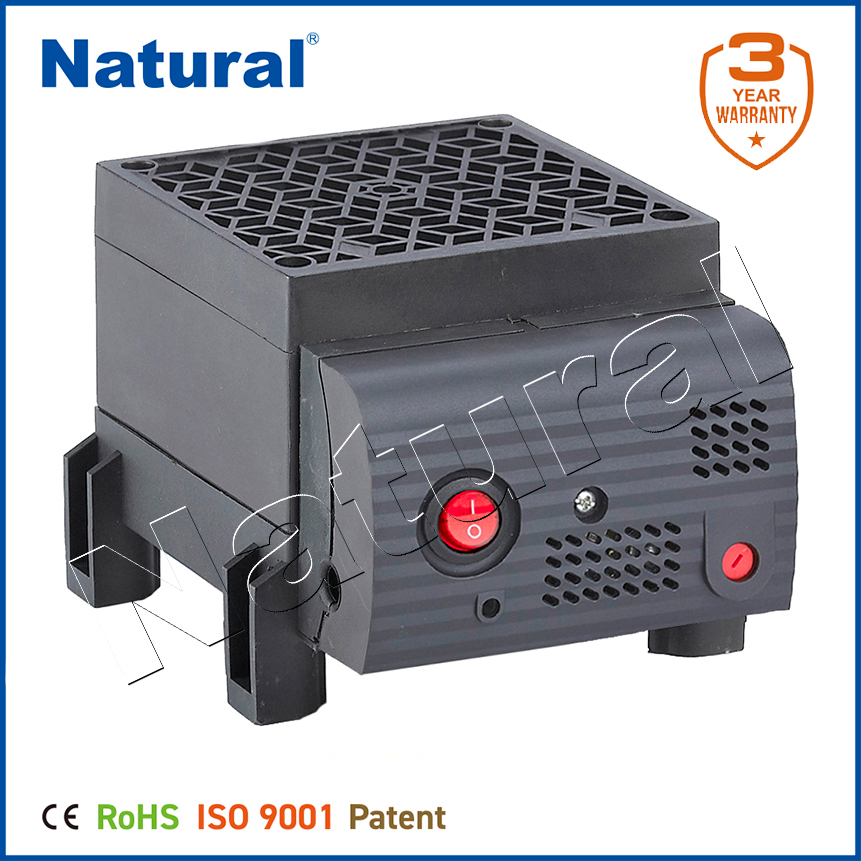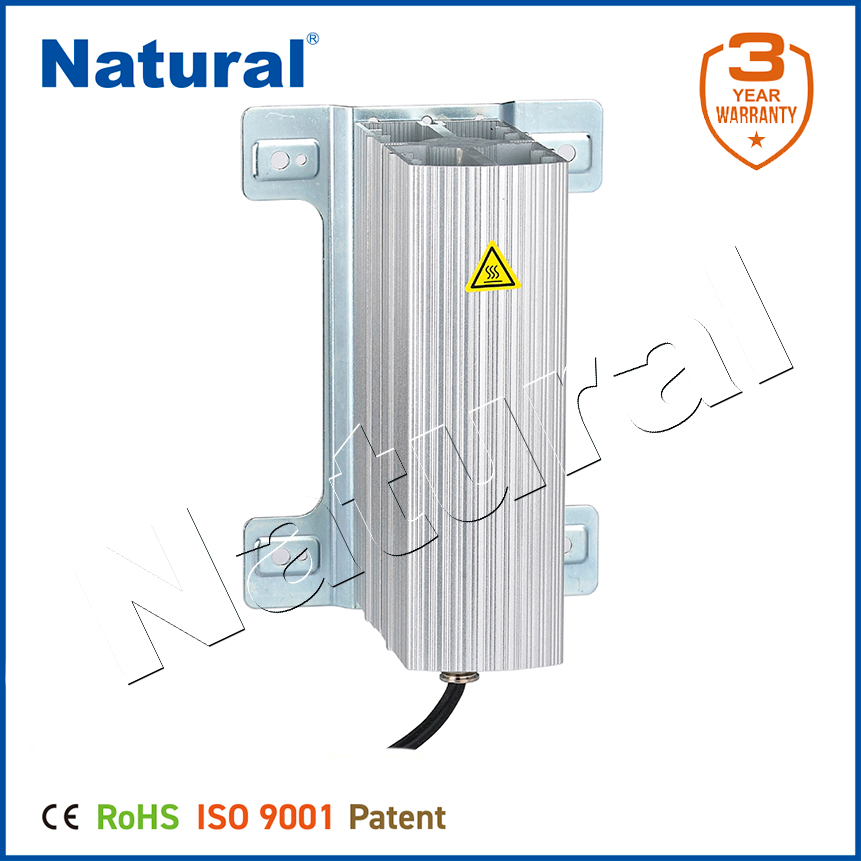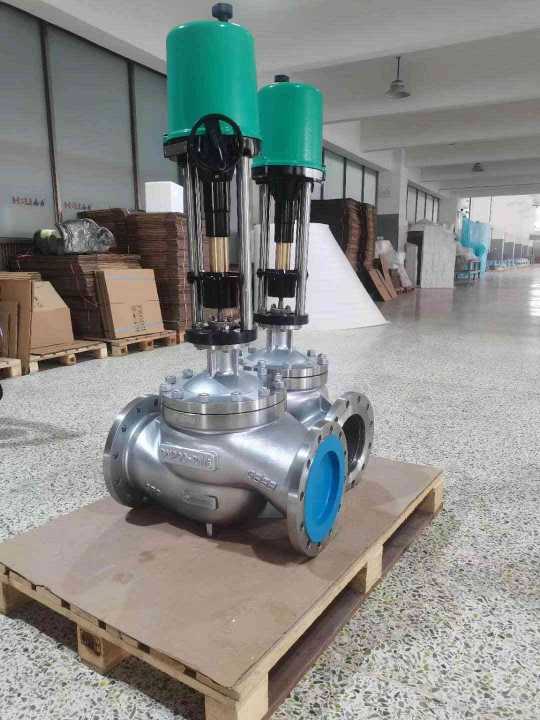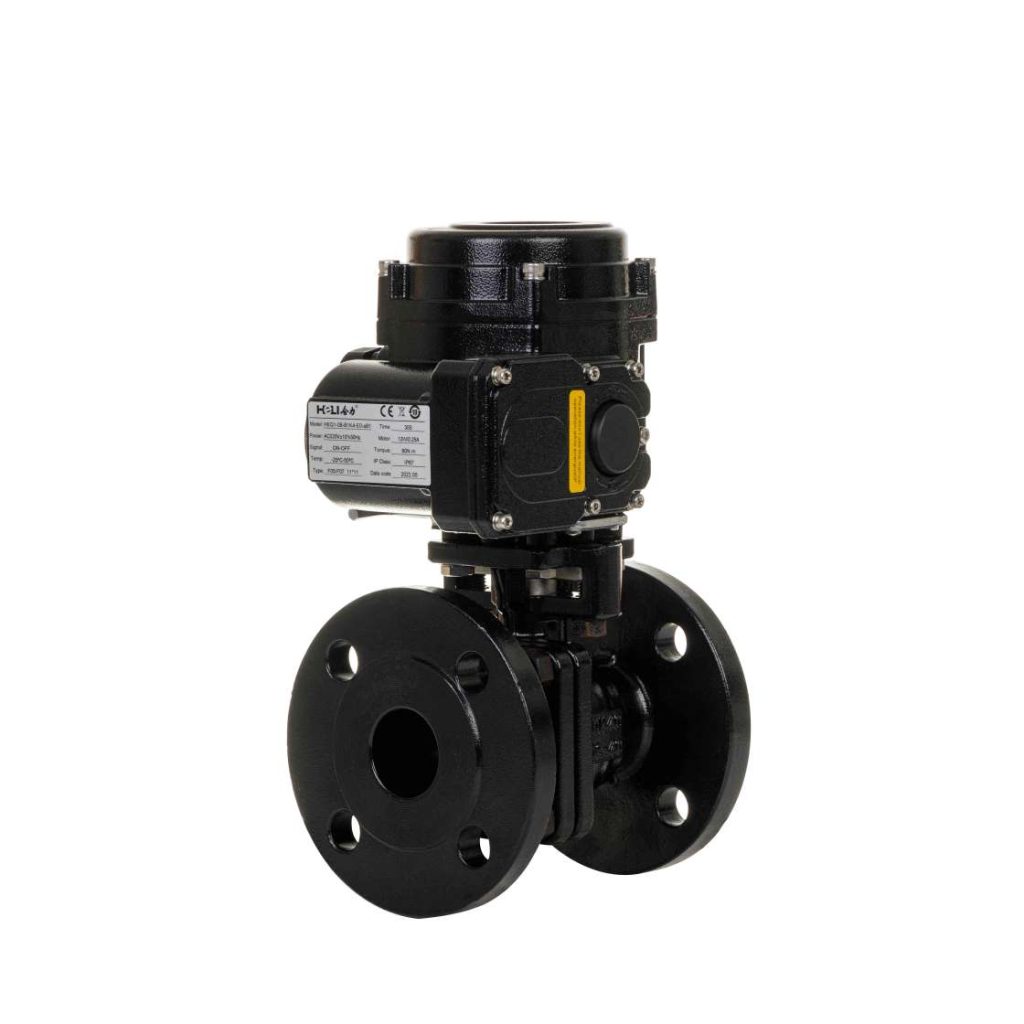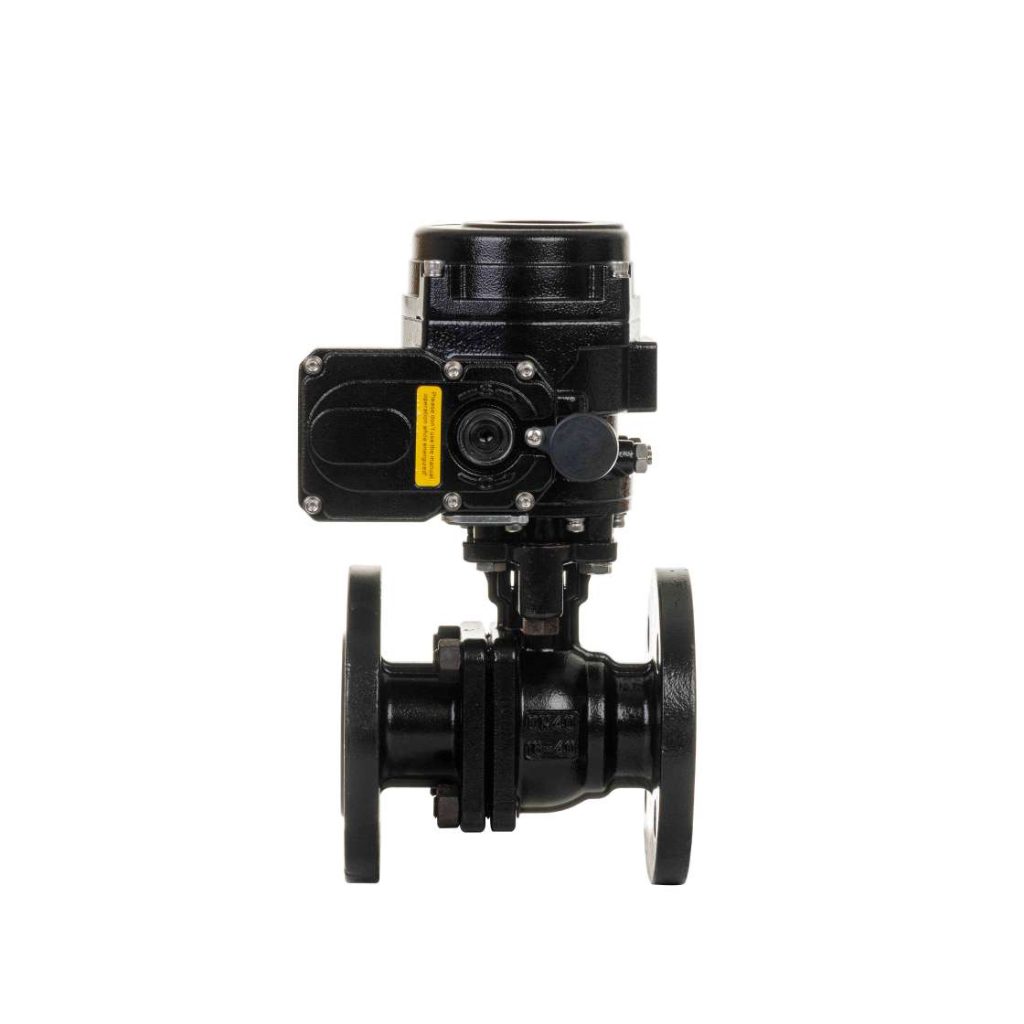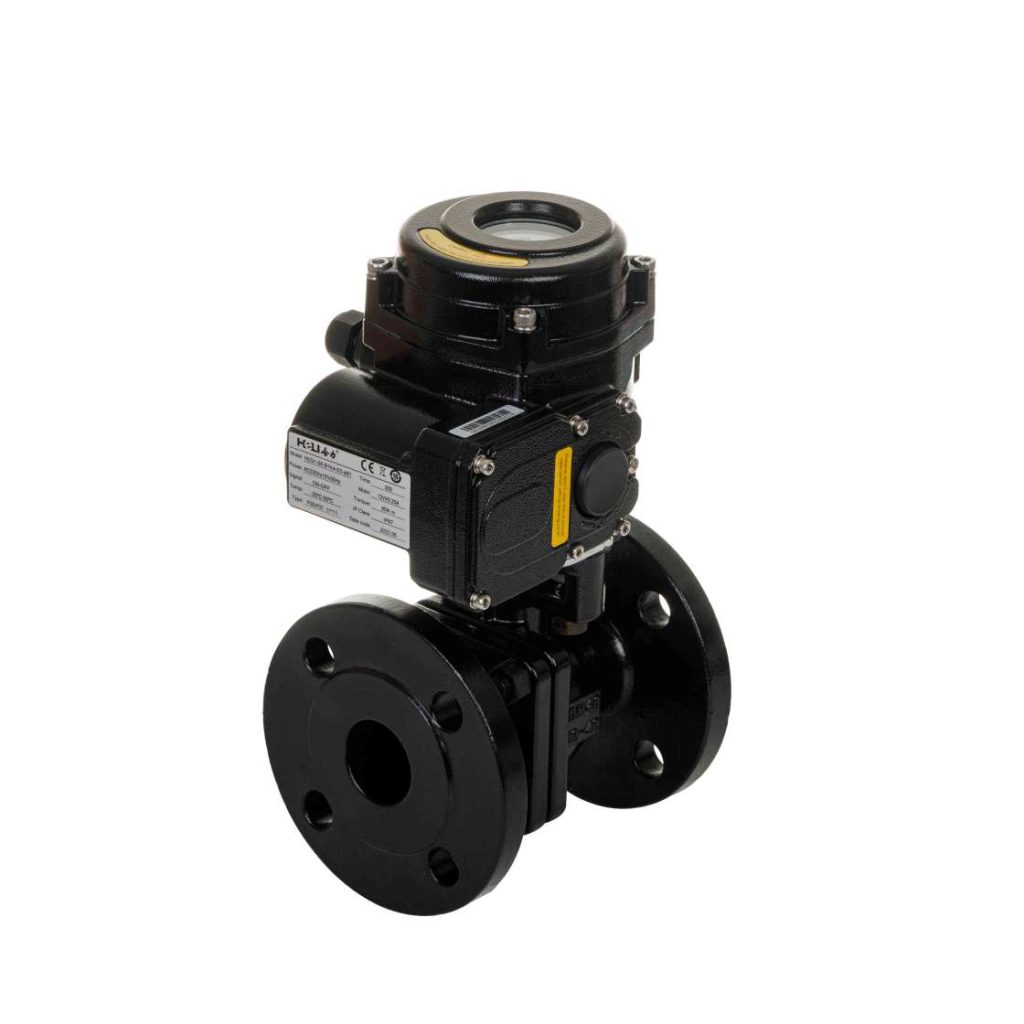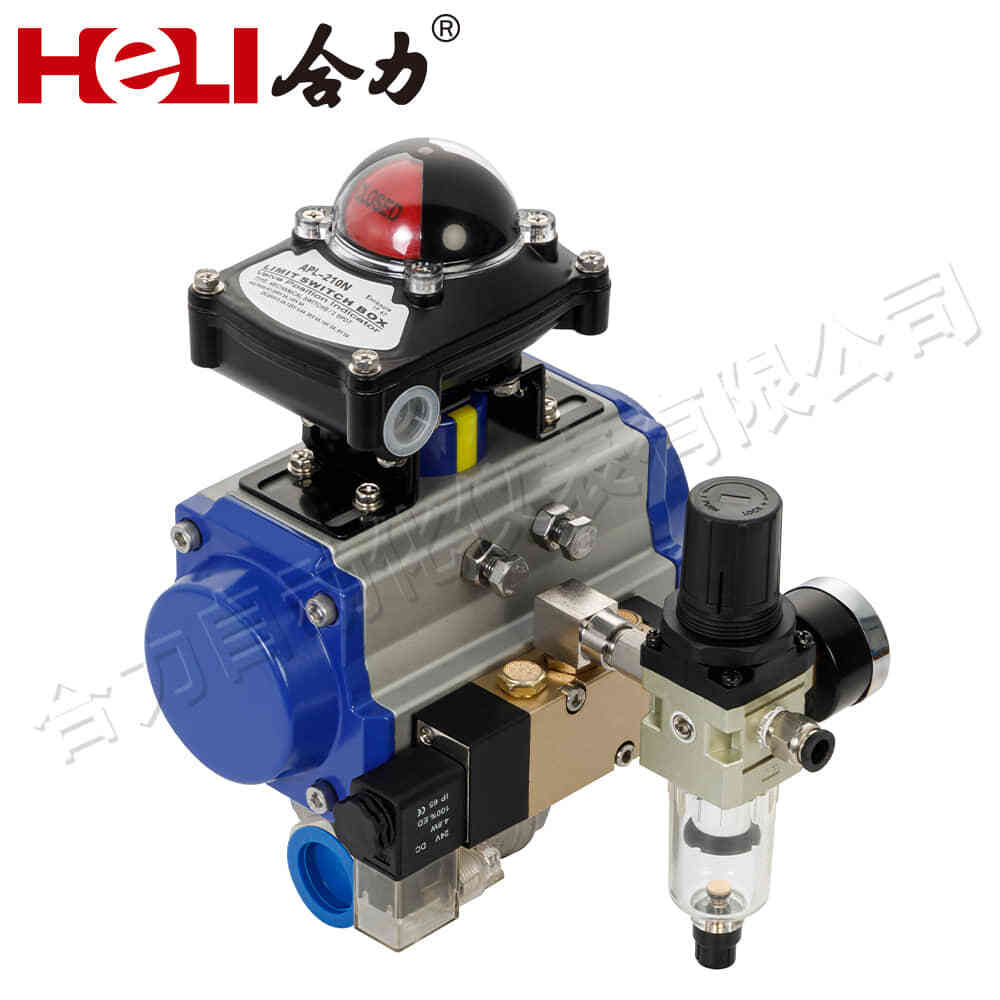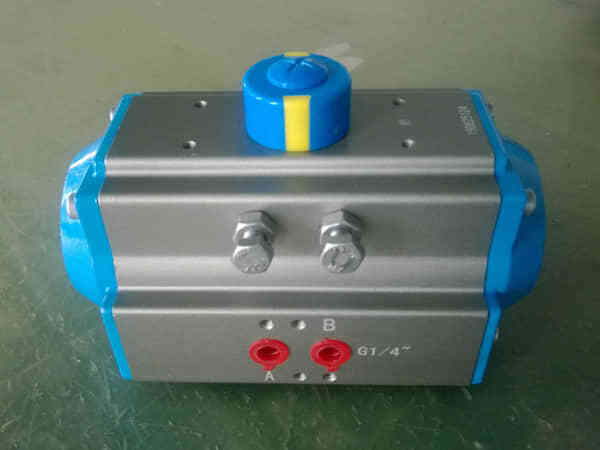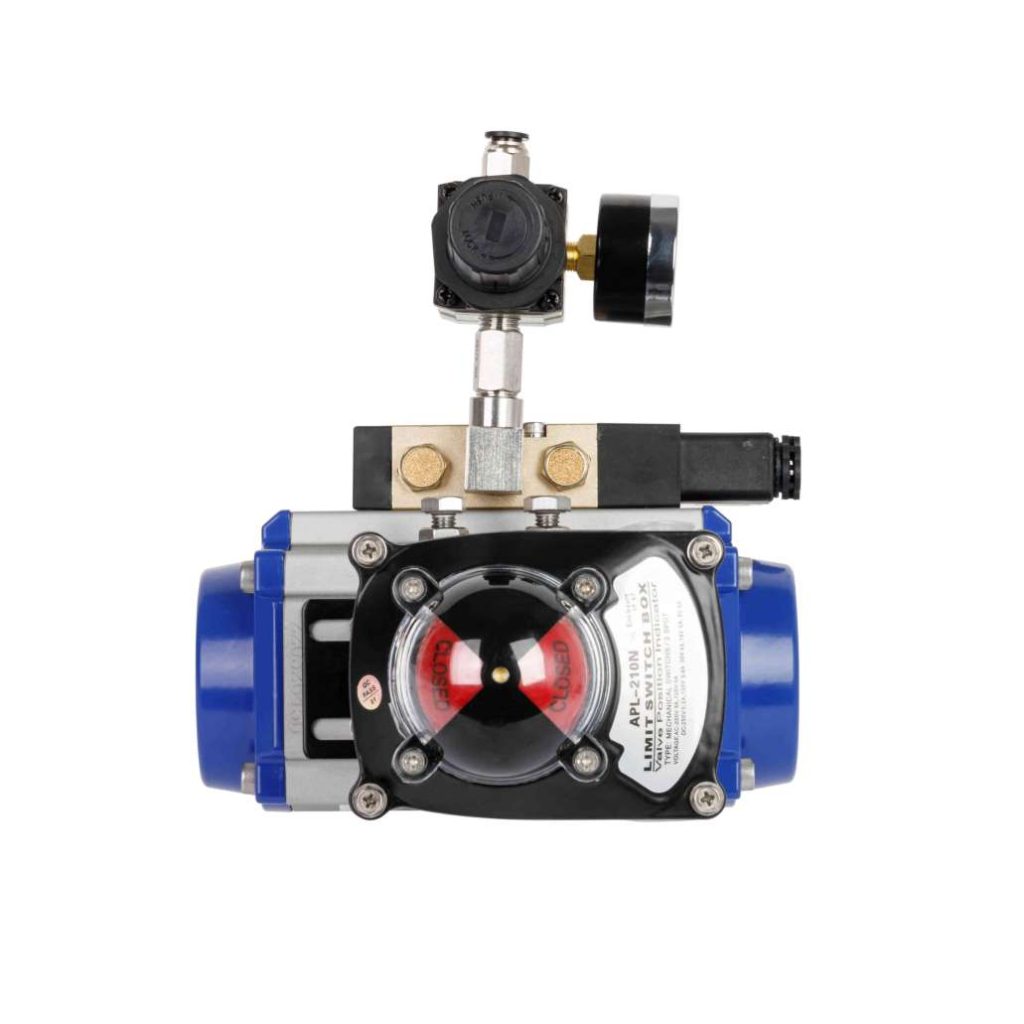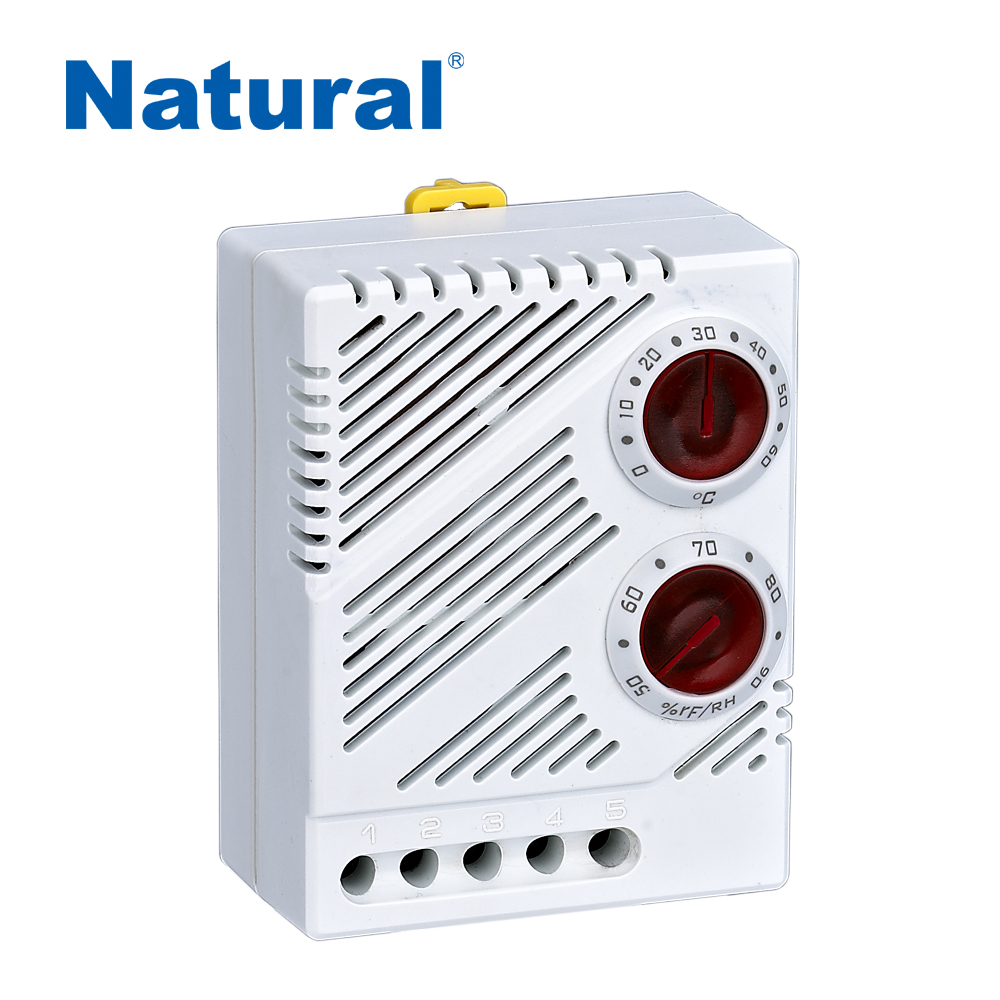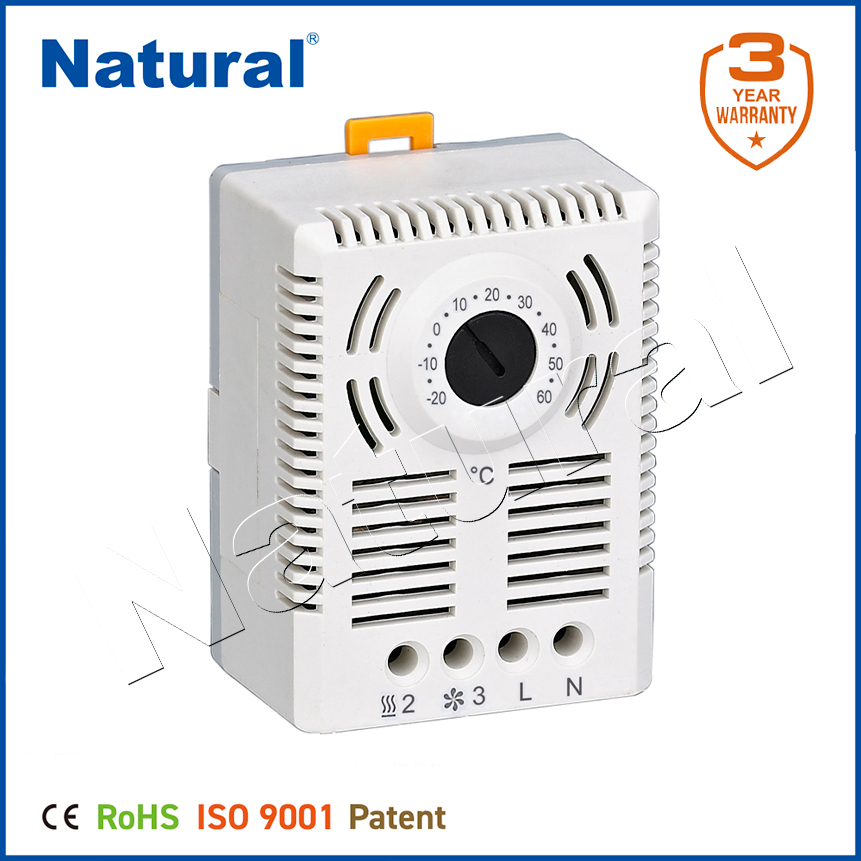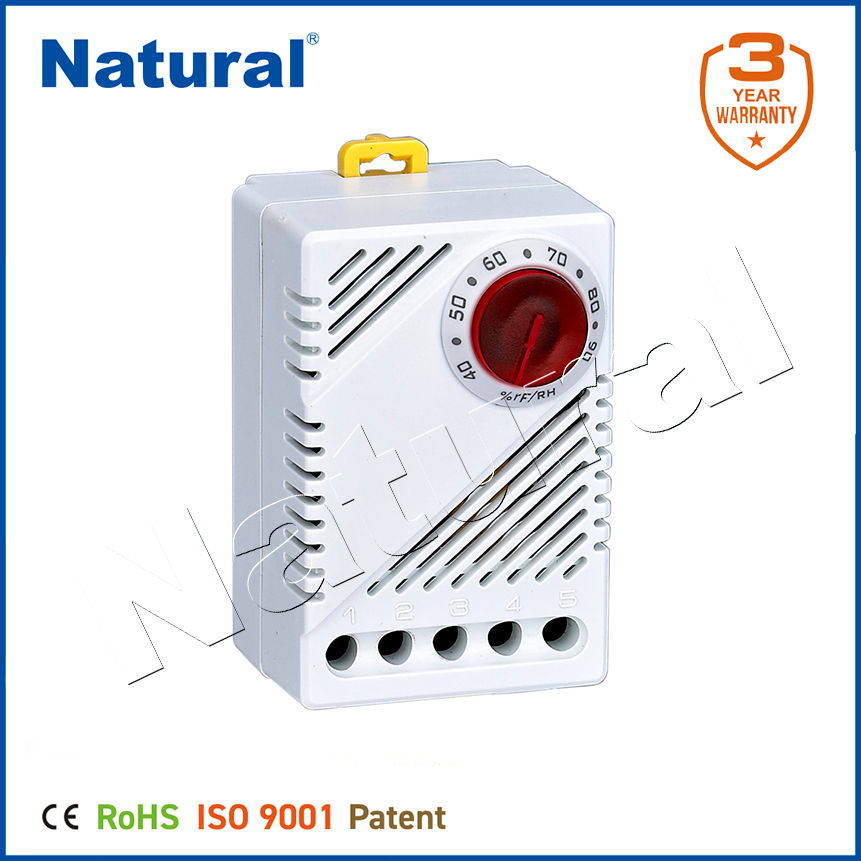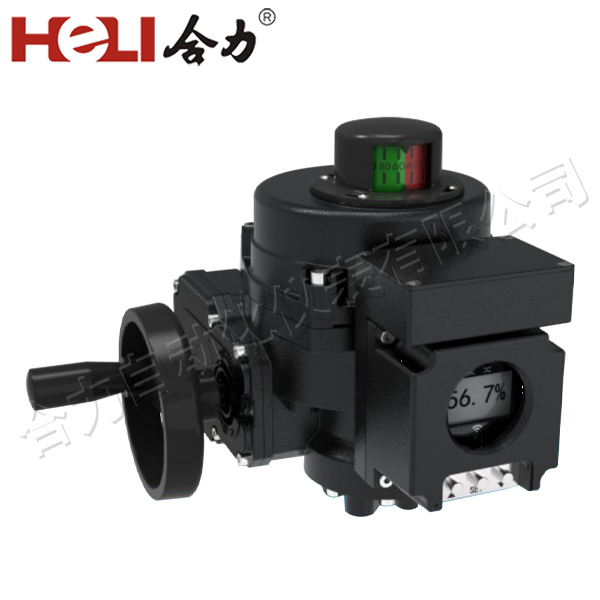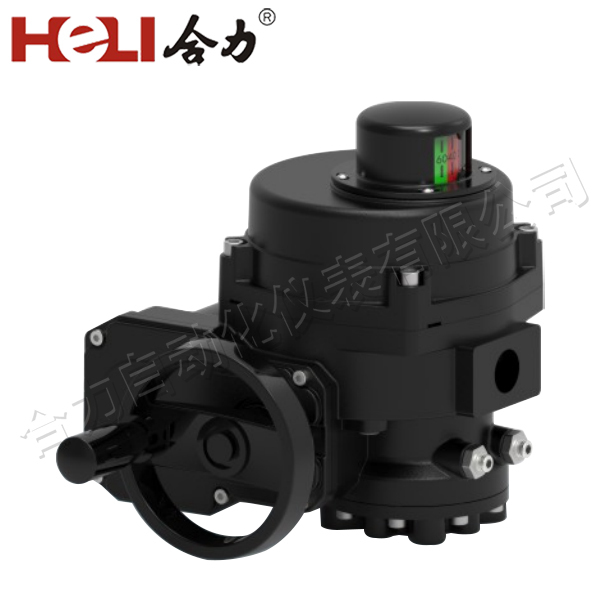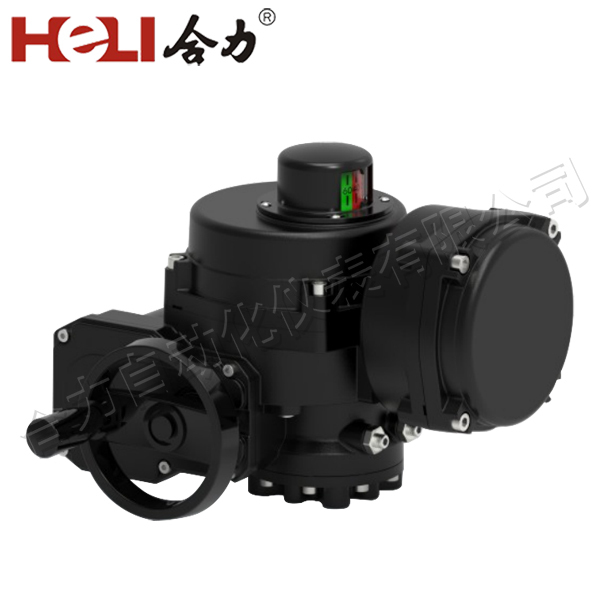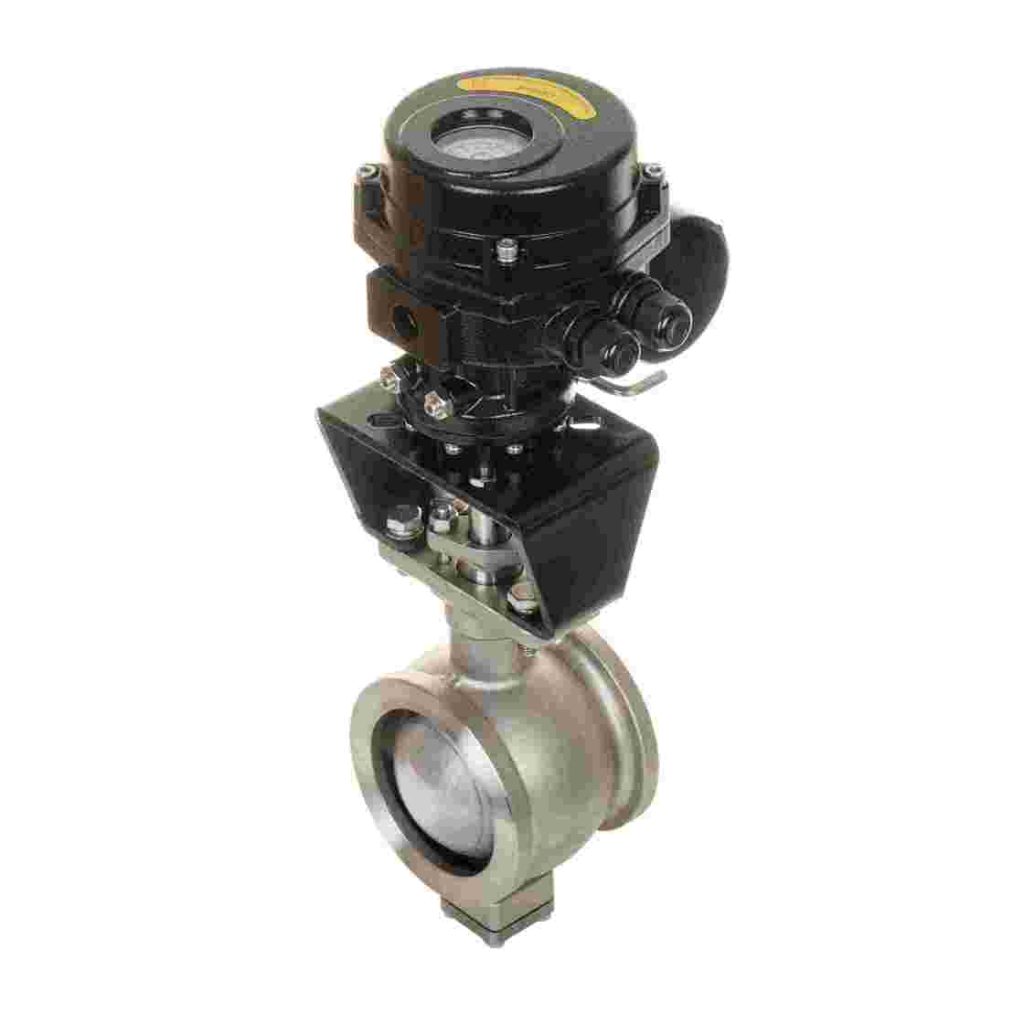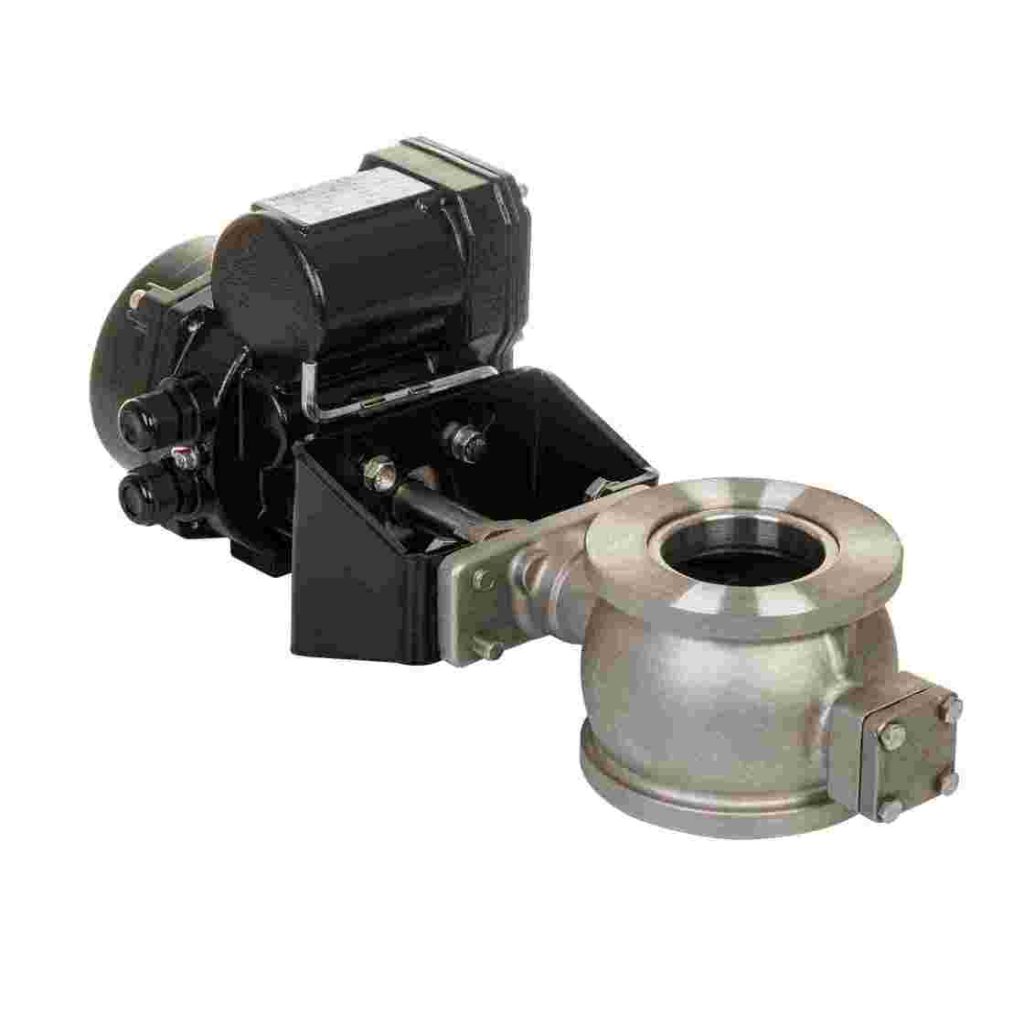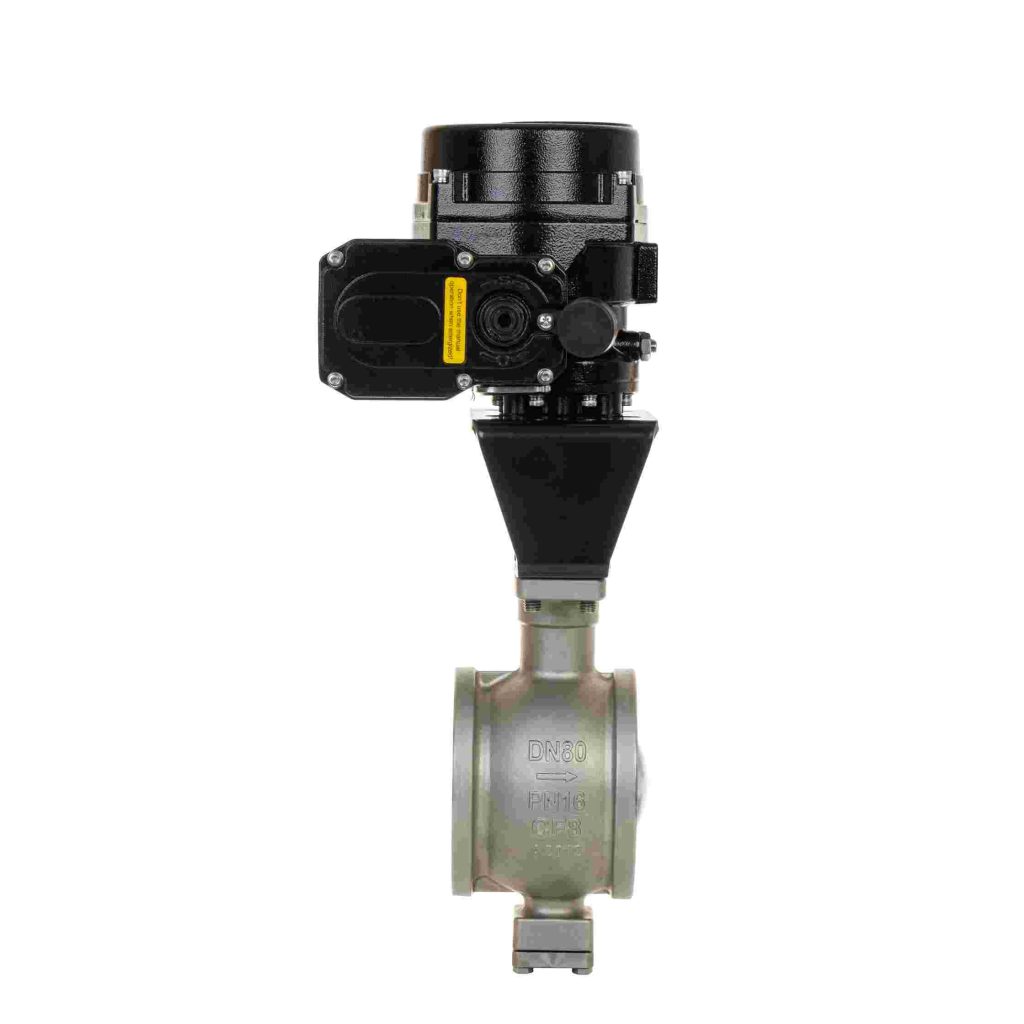Explosion-proof electric actuators are essential components in industries that deal with hazardous environments, such as oil and gas, chemical processing, mining, and marine applications. These actuators are designed to operate safely in environments where explosive gases or dust may be present, ensuring that critical operations can continue without risk to personnel or equipment. In this article, we will explore the significance of explosion-proof electric actuators and the role of ODM (Original Design Manufacturer) manufacturers in providing customized solutions for industrial automation.
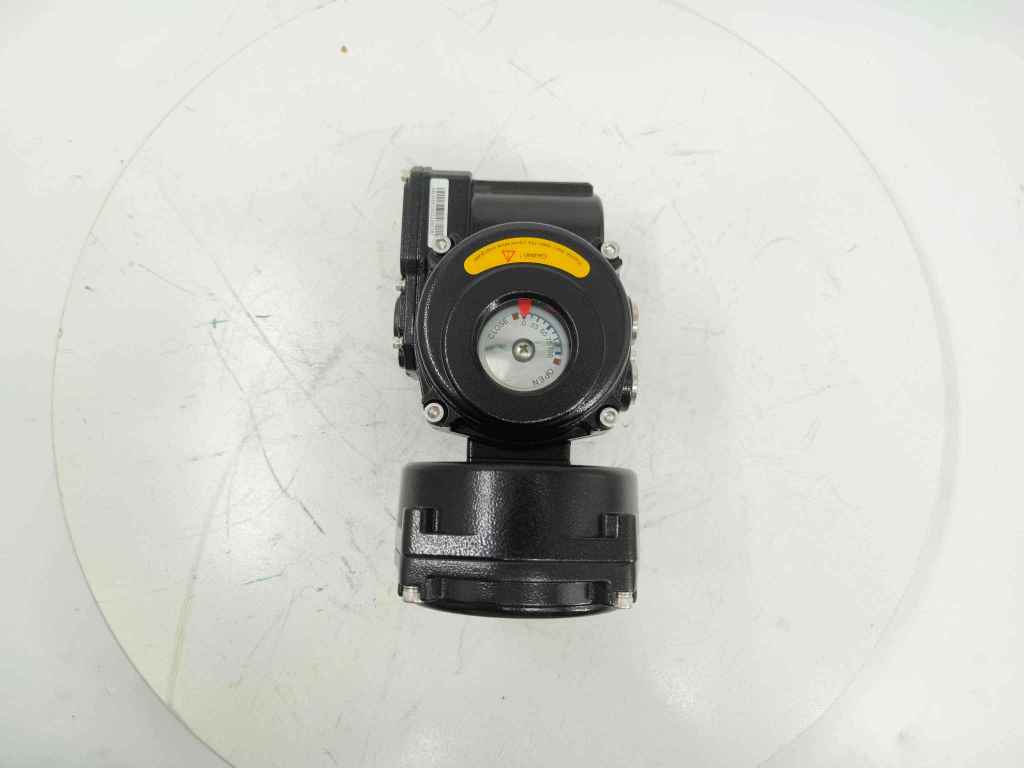
What is an Explosion-Proof Electric Actuator?
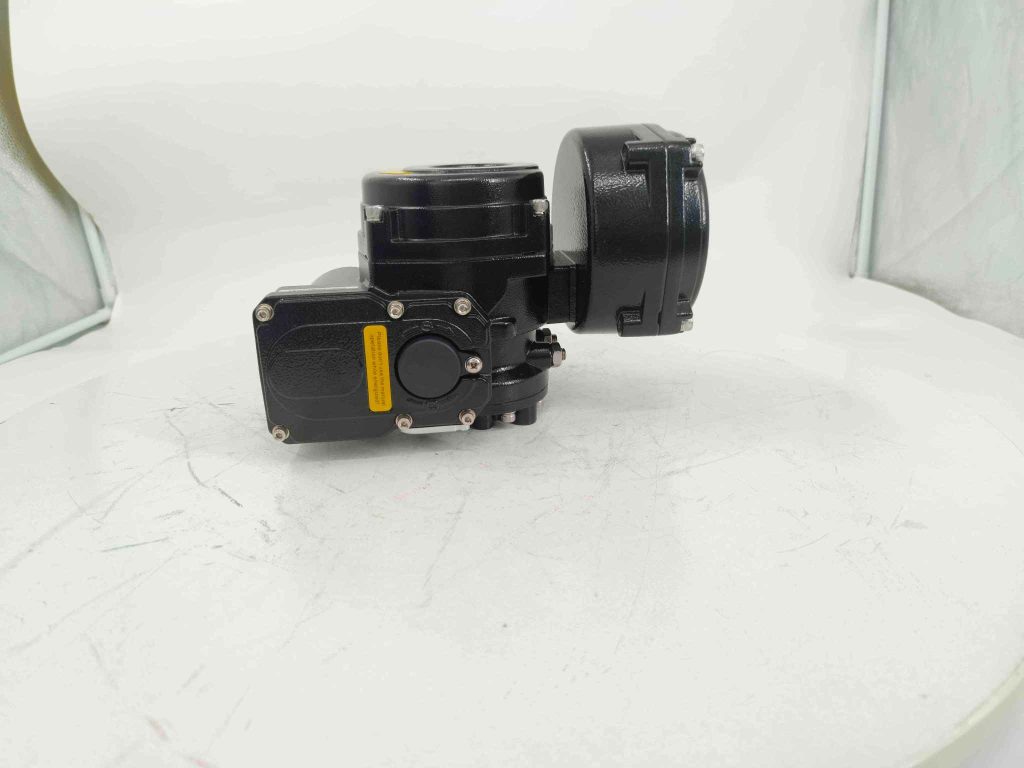
An explosion-proof electric actuator is an automated device that controls the movement of mechanical systems in environments where hazardous gases, vapors, or combustible dusts are present. These actuators are typically used to control valves, dampers, or other equipment, and are built to meet strict safety standards that prevent them from igniting or sparking. Explosion-proof actuators are equipped with robust housings, seals, and electrical components that ensure their safe operation in volatile conditions. These actuators are typically powered by electric motors and can be either linear or rotary, depending on the specific needs of the application. Their explosion-proof construction is usually certified according to international standards such as ATEX (European Union) or UL (United States), which ensures that the actuator is safe for use in specific hazardous zones.
